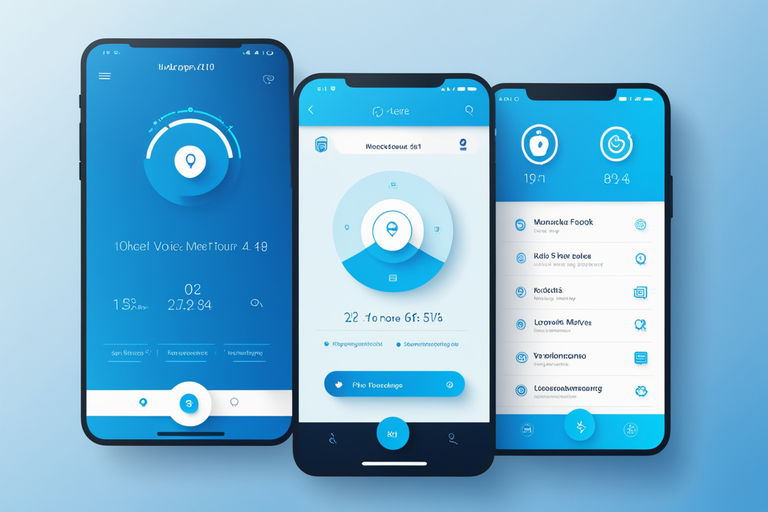Transform Your Mobile App with Voice User Interfaces
A Comprehensive Guide for Introduction to VUI
Introduction
In today’s fast-paced digital world, the way users interact with mobile applications is evolving rapidly. One of the most exciting developments is the integration of Voice User Interfaces (VUI) into mobile apps. This technology not only enhances user experience but also opens up new avenues for accessibility and convenience.
Understanding Voice User Interfaces (VUI)
Voice User Interfaces allow users to interact with applications using voice commands. This hands-free approach is especially beneficial in scenarios where traditional touch interfaces may be inconvenient or impossible to use. Mobile application development has seen a significant shift with the introduction of VUI, making it a crucial component in modern app design.
Benefits of Incorporating VUI in Mobile Apps
- Enhanced User Experience: VUI offers a more natural and intuitive way for users to interact with apps. By speaking commands, users can accomplish tasks quickly and efficiently, leading to a more satisfying user experience.
- Improved Accessibility: For users with disabilities, VUI provides an essential tool for accessing mobile apps. This technology ensures that everyone, regardless of their physical capabilities, can use the app effectively.
- Hands-Free Convenience: In situations where using hands is not feasible, such as driving or cooking, VUI becomes incredibly useful. Users can navigate and control the app using their voice, ensuring safety and convenience.
Implementing VUI in Mobile Apps
To successfully integrate VUI into your mobile app, consider the following steps:
- Define User Scenarios: Identify the scenarios in which users will benefit most from voice interaction. This helps in designing a VUI that is both practical and user-friendly.
- Choose the Right Technology: Selecting the appropriate technology stack is crucial. Tools like Google Assistant, Amazon Alexa, and Apple’s Siri offer robust frameworks for developing VUI capabilities.
- Design Intuitive Voice Commands: Voice commands should be simple and intuitive. The goal is to make interactions as seamless as possible, minimizing the learning curve for users.
- Test and Iterate: Thorough testing is essential to ensure the VUI works as intended. Gather user feedback and make necessary adjustments to improve the interface
Challenges and Considerations
While VUI offers numerous benefits, there are challenges to consider:
- Accuracy and Recognition: Ensuring the VUI accurately recognizes and processes voice commands can be challenging, especially in noisy environments.
- Privacy and Security: As with any technology that collects user data, privacy and security are paramount. Ensure that your app complies with all relevant regulations and standards.
Future of VUI in Mobile Apps
The future of VUI is promising, with advancements in AI and machine learning driving continuous improvements. As technology evolves, we can expect more sophisticated and capable voice interfaces that will further enhance the user experience. The rise of VUI also aligns with the growing trend of low-code and no-code development platforms, making it easier for developers to integrate voice capabilities into their apps without extensive coding knowledge.
Conclusion
Incorporating Voice User Interfaces in mobile apps is a transformative step towards creating more accessible, intuitive, and user-friendly applications. By leveraging VUI, developers can provide a superior user experience, improve accessibility, and stay ahead in the competitive app market. Whether you’re building a new app or enhancing an existing one, VUI is a technology worth investing in.
For further insights on enhancing your app development process, explore our blog on React Native vs Flutter and learn more about the benefits of different development frameworks.
Discover more from Just-CO
Subscribe to get the latest posts sent to your email.




